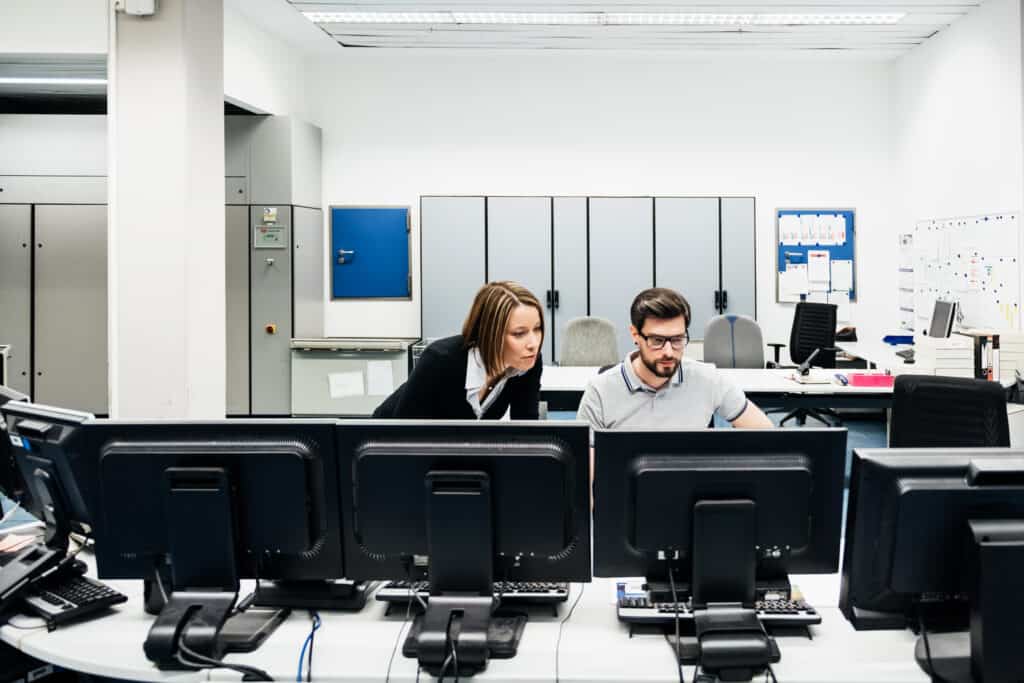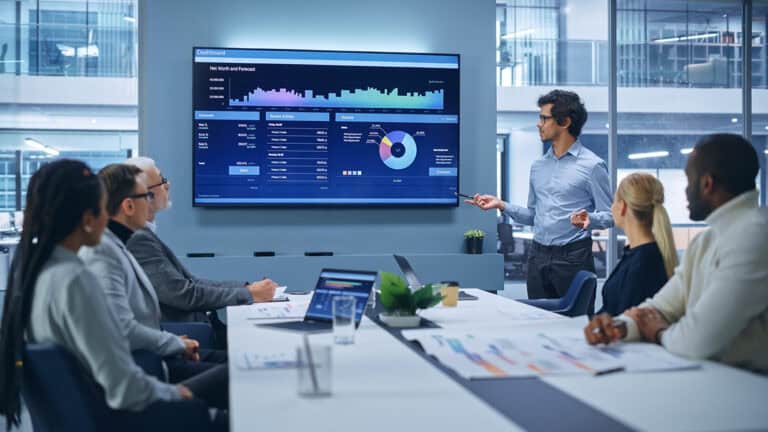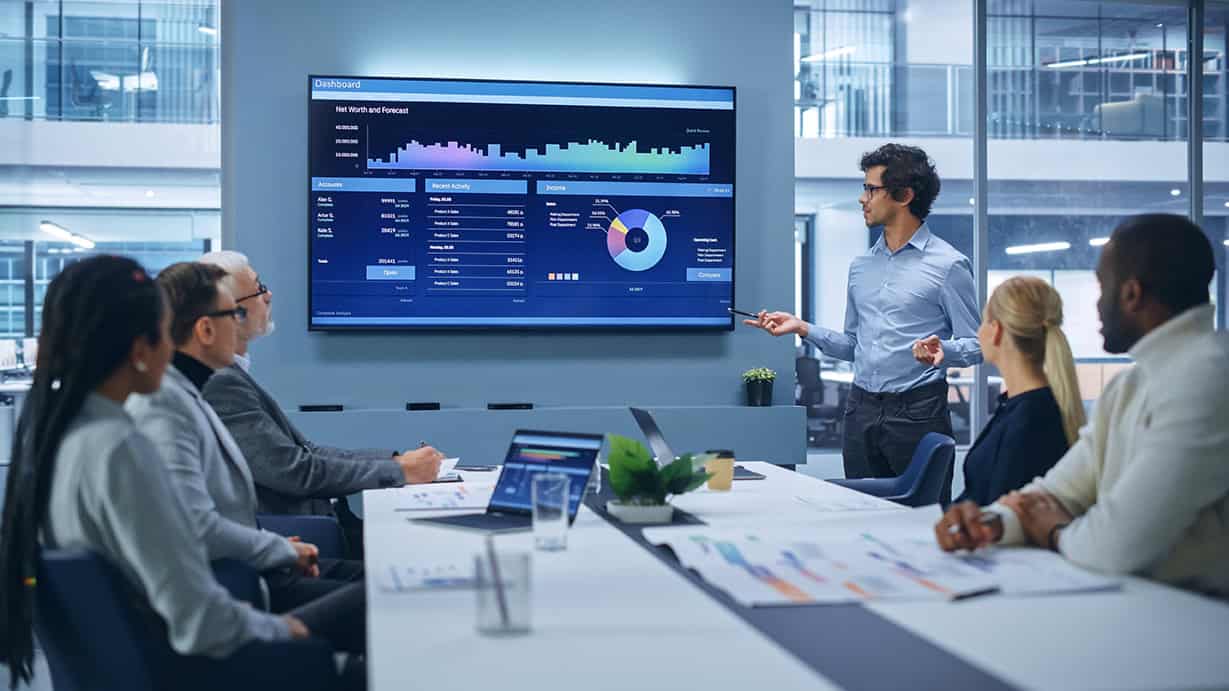
At the turn of the millennium, the supply chain sector experienced a massive sea change. The industrial revolution gave way to the technological revolution, and within a decade or two, there were more ways to make, move, deliver, and buy products and services than ever before. The result was more vast and complex supply chain infrastructures that allowed brands to reach a broader audience and identify more growth opportunities, but also required more oversight.
One concept that arose from this change was the control tower, a software solution meant to provide greater visibility into an increasingly complicated supply and logistics environment. The premise was simple: a centralized source of truth would help businesses manage and mitigate disruption, collaborate with partners, optimize inventory and logistics, and align with strategic objectives. However, as the scope and scale of supply chains grew, the ability for control towers to provide total visibility did not.
Control towers come in all shapes and sizes
There are many control tower products on the market, from basic analytics overlays to applications with a narrow focus on specific functions or areas. Almost all of them rely on old data from fragmented, legacy platforms, and many of them are siloed within their purview. In the context of the modern supply chain landscape, these solutions may not provide the insight you need when disruption jumps out from behind the bushes.
Today, most of the risks occur outside of an enterprise’s four walls, in places where these control towers lack visibility. Disruption can hit your multi-tier suppliers, distributors, or transportation partners. It can be anything from sub-tier supply disruptions to geopolitical conflict. And it’s not just disruption you won’t be able to see—opportunities lurk in the far-flung corners of your supply chain as well. Without full visibility, you won’t be able to identify them and capitalize on them.
From “control tower” to “command center”
It’s glaringly evident that tier 1 visibility is no longer enough; supply chains must go deeper into sub-tiers to see, understand, and respond to whatever comes their way, good or bad. True agility and resilience require more than isolated operational reporting and function-specific control towers—they require total connectivity, collaboration, and orchestration across ecosystems.
Achieving holistic, multi-tier oversight in a modern supply chain requires a cross-functional “command center” approach.
Achieving holistic, multi-tier oversight in a modern supply chain requires a cross-functional “command center” approach, one that removes the silos and overlays and replaces them with a truly unified platform where all players are connected and in sync. A command center framework leverages near-real-time data to provide insights that drive better decision-making and strategies. Combined with a suite of unified applications that are enhanced by artificial intelligence (AI) and analytics, a command center empowers internal and external stakeholders to comprehend exceptions, collaborate on decisions, monitor performance, and learn for future scenarios.
It’s important to note that both the control tower and command center can boost supply chain performance, and both have unique objectives and outcomes. According to Gartner Inc., the choice comes down to the goals of the organization in question, as you can see from the chart below.
| Control Tower | Command Center |
| An operational framework to capture and use a variety of data, leveraging a functional model for providing enhanced visibility, predictions, and suggestions for predominantly domain-specific, short-term, and midterm decision making, sometimes automated.> | An emerging aspiration for organizations aiming to become more connected, converged, and orchestrated. It provides increased cross-functional process efficiency and short-term and midterm decision quality for specific use cases within their ecosystem.1 |
1 Quick Answer: Defining Control Tower, Command Center and Digital Supply Chain Twin, Gartner, Titze, Christian and Payne, Tim; 27 July 2022
Scenario planning for supply chain reactions
In the world of global commerce, every decision a business makes starts a sequence of events with downstream ramifications. Given that control towers face uncertainty and unpredictability every day, the ability to make the right decision at the right time is crucial to the overall health of your supply chain. That’s where scenario planning comes in.
Scenario planning is a practice that empowers businesses to prepare for the unexpected. Many control towers lack any sort of scenario-testing capabilities, thus limiting your ability to predict the right course of action in a certain context. E2open’s connected supply chain platform creates a “digital twin” of the supply chain that allows businesses the flexibility to stress test their operations framework against a multitude of different situations or sudden events. The ability to simulate these types of hypothetical, “what-if” scenarios helps stakeholders identify vulnerabilities and evaluate risk mitigation alternatives.
The best course of action: the connected supply chain
It can be tough to separate the truth from the hype about control tower technology, but at the end of the day, the solution has to match the problem. Analytics overlays and compartmentalized functionalities won’t stop your business from crashing headfirst into the next geopolitical conflict or supply shortage. For businesses with large, multi-tier supply chains, the risks are too great to not choose the right solution.
E2open’s unified platform replaces fragmented control towers with a true command center, giving you the power of cross-functional visibility and access to the world’s largest multi-tier partner network. With the power of the e2open network behind you, you can tap into suppliers and partners the world over when your business needs to pivot on a dime.
E2open provides the only control tower solution on the market that combines all the following elements in one platform, giving you true visibility and flexibility:
- A large, multi-tier partner network
- Cleansed, harmonized data
- Integrated, AI-driven applications.
- Robust scenario planning capabilities
Discover how we can help your business break down silos and embrace cross-functional visibility for optimized performance. Check out our ebook if you’re interested in reading more, or contact us to learn about how we can help you implement a cross-functional command center approach to improve visibility and collaboration throughout every tier and ecosystem of your value chain.







